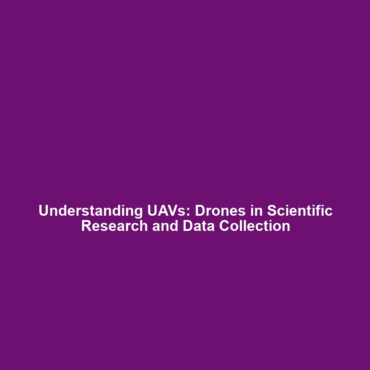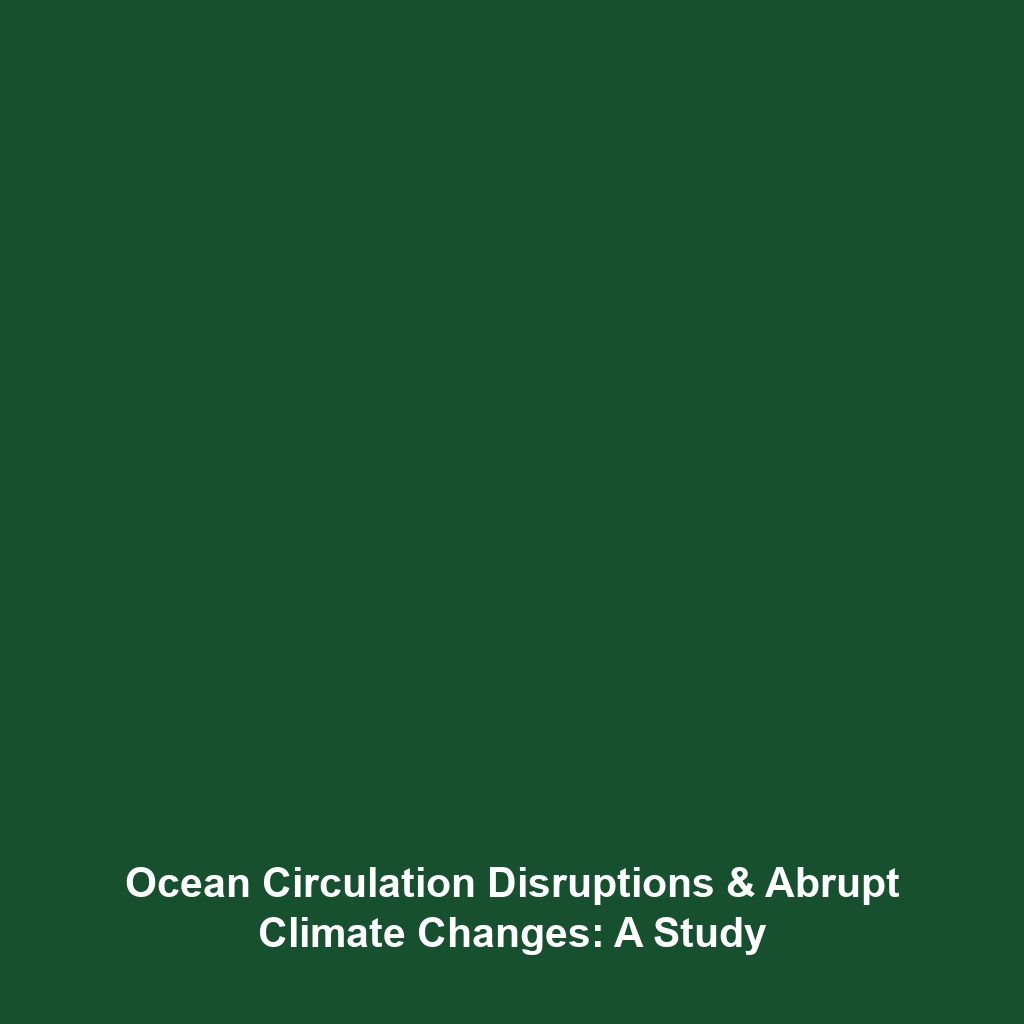UAVs: Revolutionizing Data Collection in Science through Drones
Introduction
UAVs, commonly known as drones, have transformed the landscape of scientific research by providing efficient and effective methods for data collection and analysis. These remotely controlled or autonomous flying machines enable researchers to gather critical information from inaccessible or hazardous environments. The significance of UAVs in the broader context of Drones in Science cannot be overstated, as they facilitate innovative methodologies across various fields such as environmental monitoring, agriculture, and archaeology. Understanding the capabilities and applications of UAVs is essential for leveraging their full potential in scientific endeavors.
Key Concepts
To grasp the importance of UAVs in scientific research, it is vital to understand the key concepts surrounding these technologies:
Types of UAVs
- Fixed-Wing Drones: Suitable for covering large distances while maintaining high endurance.
- Multi-Rotor Drones: Preferred for their maneuverability and stability, ideal for focused data collection.
Control Systems
UAVs can be classified into two categories based on their control systems:
– Remotely Piloted: Operated by humans from a distance.
– Autonomous: Using onboard software to navigate and conduct tasks independently.
Applications and Real-World Uses
UAVs have found numerous applications in various scientific disciplines. Some notable examples include:
- Environmental Monitoring: Drones collect atmospheric data and monitor wildlife populations to assess ecological health.
- Agriculture: UAVs assist in crop management by providing aerial imagery for precision farming.
- Geological Studies: Drones are employed to map and analyze geological formations, aiding in resource exploration.
The applications of UAVs highlight their pivotal role in enhancing research efficiency and accuracy within the domain of Drones in Science.
Current Challenges
Despite the advancements in UAV technology, several challenges remain in their application:
- Regulatory Hurdles: Navigating airspace regulations can complicate research operations.
- Data Privacy Concerns: The use of drones raises ethical issues related to surveillance.
- Technical Limitations: Battery life and payload capacities can hinder usage in extensive projects.
Future Research and Innovations
The future of UAVs in scientific research looks promising with several innovative developments on the horizon, including:
- Enhanced AI Integration: Autonomous drones equipped with advanced AI could improve data interpretation and decision-making.
- Swarm Technology: Coordinated fleets of drones may revolutionize large-scale data collection efforts.
- Improved Energy Sources: Advances in battery technology could extend flight times and increase operational efficiency.
Conclusion
In summary, UAVs stand at the forefront of scientific research, enabling unprecedented methods of data collection and providing researchers with powerful tools for understanding complex systems. As the field of Drones in Science continues to evolve, it is essential for scientists, policymakers, and technologists to collaborate on overcoming existing challenges and embracing future innovations. To learn more about related topics such as drone regulations, data collection techniques, and case studies, explore our additional resources.


